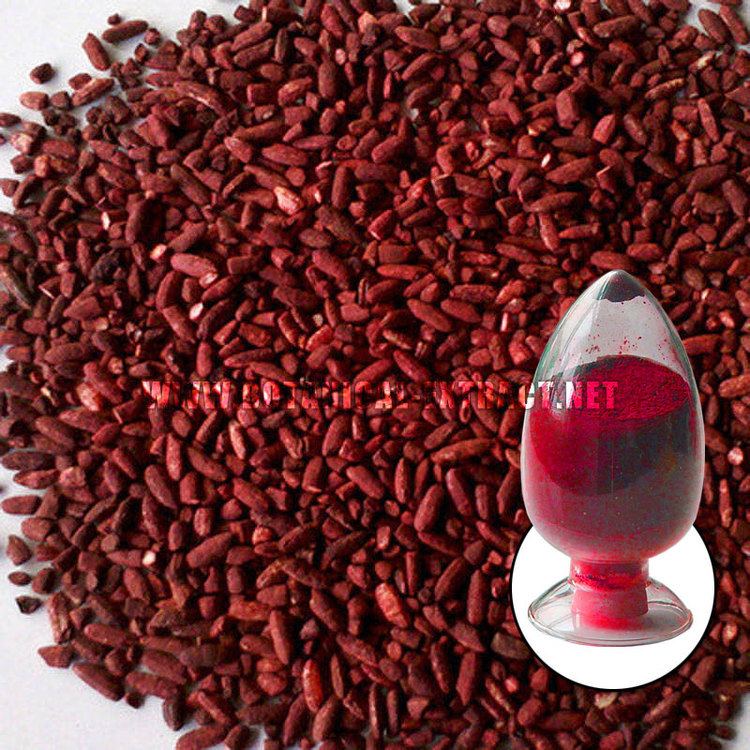Order Incertae sedis Higher classification Monascus | Family Monascaceae Scientific name Monascus purpureus Rank Species | |
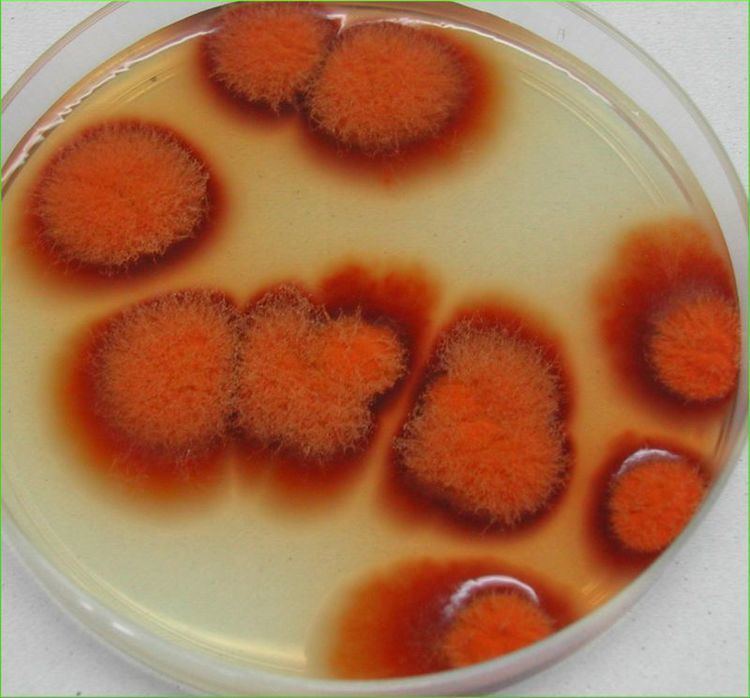 | ||
Similar Monascus, Aspergillus oryzae, Aspergillus terreus, Eurotiales, Rhizopus | ||
Monascus purpureus (syn. M. albidus, M. anka, M. araneosus, M. major, M. rubiginosus, and M. vini; simplified Chinese: 红曲菌; traditional Chinese: 紅麴菌; pinyin: hóng qū jùn, lit. "red yeast") is a species of mold that is purplish-red in color. It is also known by the names ang-khak rice mold, corn silage mold, maize silage mold, and rice kernel discoloration.
Contents
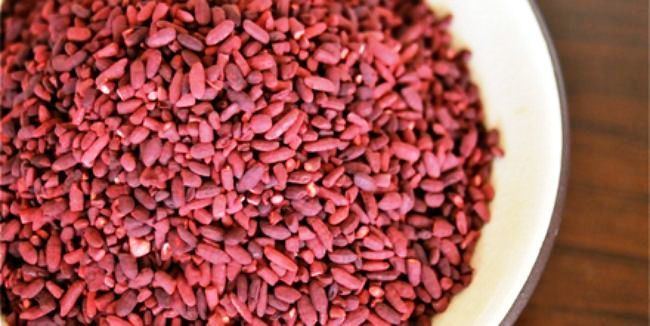
monascus purpureus
Growth
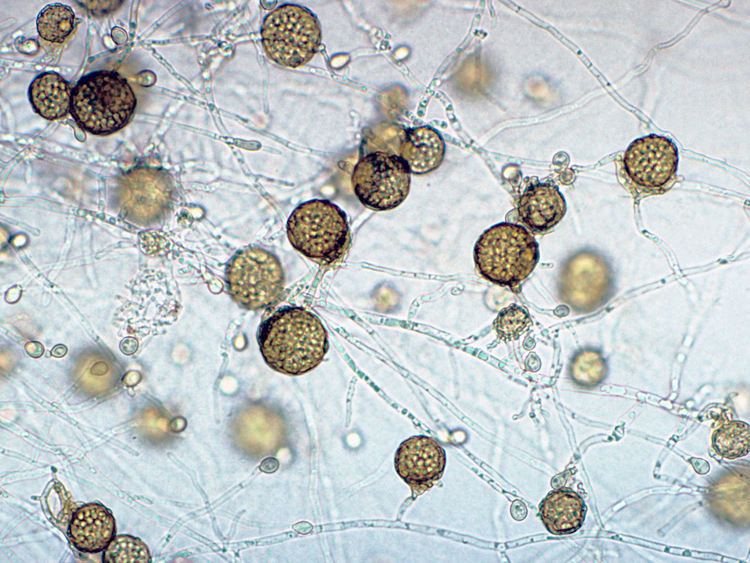
During growth, Monascus spp. break down starch substrate into several metabolites, including pigments produced as secondary metabolites. The structure of pigments depends on type of substrate and other specific factors during culture, such as pH, temperature, and moisture content.
Importance
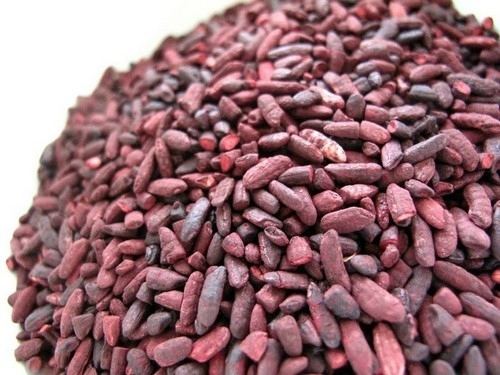
This fungus is most important because of its use, in the form of red yeast rice, in the production of certain fermented foods in China. However, discoveries of cholesterol-lowering statins produced by the mold has prompted research into its possible medical uses. It produces a number of statins. The naturally occurring lovastatins and analogs are called monacolins K, L, J, and also occur in their hydroxyl acid forms along with dehydroxymonacolin and compactin (mevastatin). The prescription drug lovastatin, identical to monacolin K, is the principal statin produced by M. purpureus. Only the open-ring (hydroxy acid) form is pharmacologically active.
Commercial species
The related fungi M. ruber and M. pilosus are also used in industrial applications.
